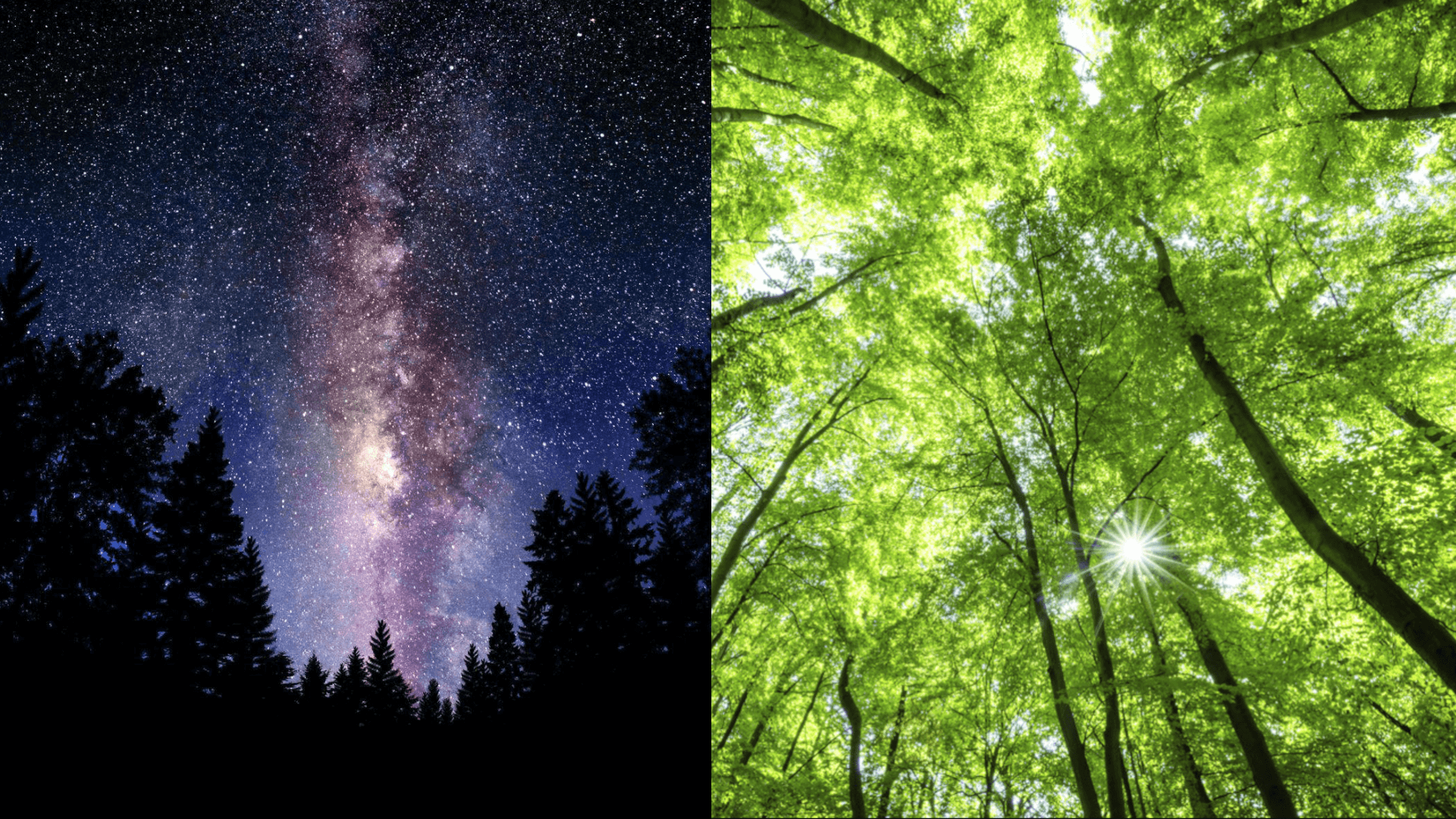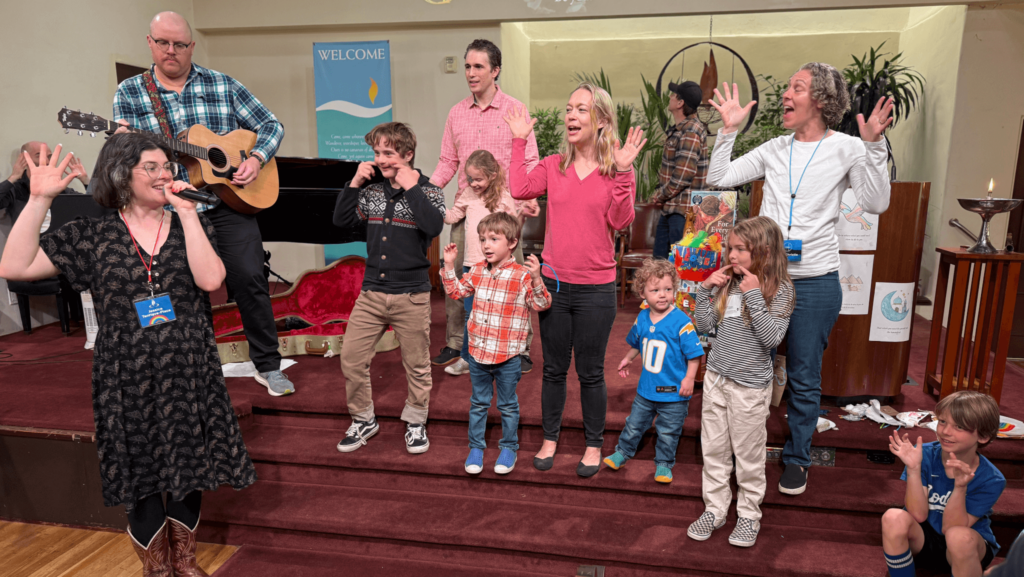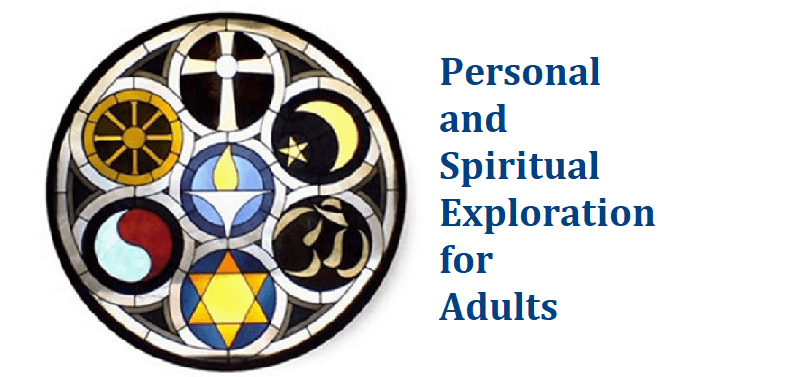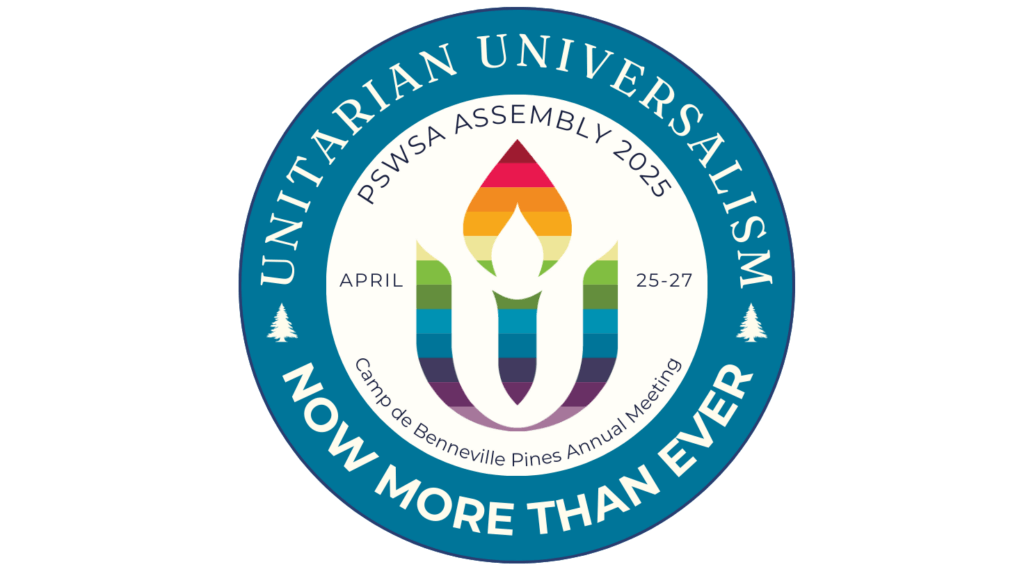Religious Naturalism (RN) is an emergent philosophical and theological movement informed by science and inspired by ancient wisdom. Its spiritual forebears include names such as Lao-Tzu, Lucretius, Baruch Spinoza, Ralph Waldo Emerson and Albert Einstein, who famously said that “science without religion is lame, religion without science is blind.” Thus, the contemporary theorists and theologians of RN connect reverence for the sacred, or the divine, with the natural universe in ways both pragmatic and profound, offering novel and compelling possibilities for liberal religion. With a growing body of literature that has proliferated in the past several decades, these cell biologists, seminary professors, complexity theorists, ecologists, and “evolutionary evangelists” have shaped a unique approach to Creativity, God(s), theism/atheism, and humanity’s place in a changing universe.
“Religious Naturalism is a spiritual and philosophical orientation arising from profound responses to the wonder and mystery of Nature and its emergent manifestations in human creativity and culture. Its views of Nature are embodied in the Epic of Evolution and informed by scientific inquiry. It emphasizes reverence and gratitude for Nature and a deep regard for all life; it recognizes the imperative of planetary sustainability. It supports efforts that honor ecological and cultural diversity, that promote social justice and free inquiry, and that create a more compassionate, rational world where humans and non-humans alike can thrive.” (J. Ash Bowie)
The RN movement overlaps with Unitarian Universalism in that it counts a number of UU members, clergy, and academics among its proponents. And Religious Naturalists can also be found in liberal Christian denominations, as well as among the growing ranks of the traditionally non-religious. Could it be that RN, as an emerging worldview that bridges the deepest divides between faith/spirituality and science/reason, is becoming increasingly influential in the trajectory of religious liberalism?
In this three-part introduction, we’ll consider key ideas, some history and salient sources, and the emerging practices and possibilities of Religious Naturalism. Because the goal is an overview rather than a deeper study, we’ll use short text excerpts as well as a variety of video and audio resources. No reading in advance is needed.
*Please note date changes*
In-person sessions:
Sunday, Nov. 10th 1-3 PM — Part 1: Ontology and Orientation
Sunday, Dec. 1st 1-3 PM — Part 2: The Sacred and The Story
Sunday, Dec. 15th 1-3 PM — Part 3: Relating to Radical Emergence
Zoom Sessions:
Monday, Nov. 18th 7-9 PM — Part 1: Ontology and Orientation
Monday, Dec. 9th 7-9 PM – The Sacred and The Story
Monday, Dec. 16th PM — Part 3: Relating to Radical Emergence
Sources include: Ursula Goodenough, Thomas Berry, Stuart Kauffman, A. Powell Davies, John Dewey, Michael Dowd & Connie Barlow, Brian Swimme, Kendyl Gibbons, David Christian, Joseph Campbell and others.
One place to learn more: The Religious Naturalist Association (RNA)
RSVP or questions: AdultRE@uusm.org





